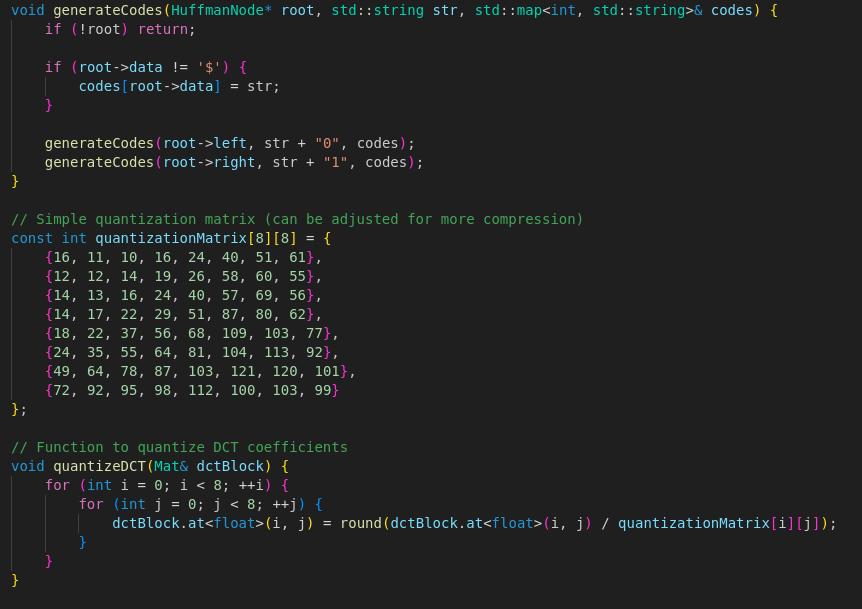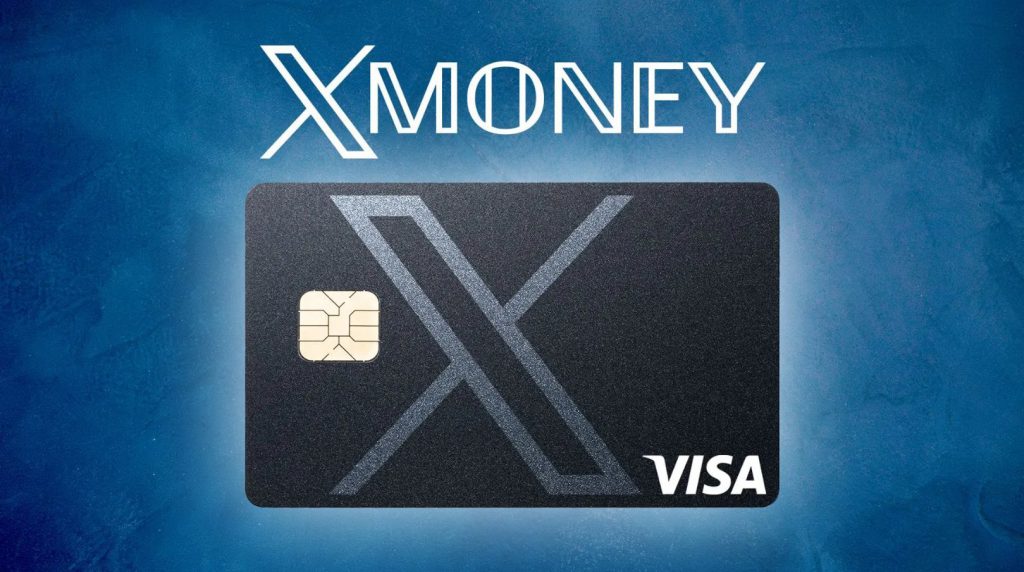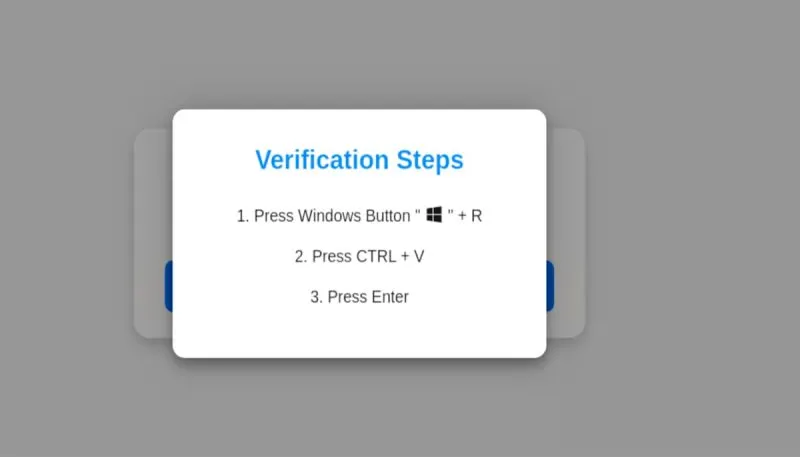We Have Run Out Of Ip Addresses

The internet as we know it was built on the backbone of the IPv4 protocol, developed in 1981. At the time, its creators designed it to support roughly 4.3 billion unique addresses, which seemed astronomically sufficient for the foreseeable future. However, as history would prove, this assumption underestimated the digital revolution that would sweep across the globe.
The Early Days of IP Address Allocation
In the early days, IP addresses were handed out with generous abandon. Large institutions, corporations, and universities were assigned "Class A" networks, each capable of holding over 16 million IP addresses. Companies like IBM, Xerox, and even MIT received these allocations, not because they needed millions of addresses, but because there was no expectation of scarcity.
Fun fact, IP addresses of the range 127.0.0.0/8 are reserved for localhost purposes. This means your laptop has over 16 million IP addresses available for localhost and most people will only end up using one. Let that sink in.
The belief was simple: there would always be more than enough to go around. Little did they know that this would become the second biggest mistake they could make, right after asking their ex to take them back.
The Rise of Devices and the Crunch
As the internet evolved from an academic network into a global phenomenon, the number of connected devices skyrocketed. The advent of personal computers, mobile phones, and later IoT devices created an insatiable demand for IP addresses. It was at this moment that they knew, they messed up.
By the late 1990s, experts began to sound the alarm: the 4.3 billion available IPv4 addresses would soon run out. The creation of techniques like NAT (Network Address Translation) temporarily eased the crunch by allowing multiple devices to share a single IP address. However, this was a stopgap solution.
By February 2011, the Internet Assigned Numbers Authority (IANA), the organization responsible for global IP address management, officially allocated the last blocks of IPv4 addresses to regional registries. For the first time in history, the internet was out of new IPv4 addresses.
The Solution: IPv6
The looming crisis spurred the development of IPv6 (Internet Protocol version 6), a protocol designed to solve the problem of address scarcity for good. IPv6 supports a staggering 340 undecillion (340,282,366,920,938,463,463,374,607,431,768,211,456) addresses—enough to assign billions of addresses to every person on Earth and still have room to spare.
IPv6 adoption, however, was slow. Transitioning networks, servers, and devices to support IPv6 required significant investment. Many organizations hesitated, relying on NAT and recycled IPv4 addresses instead. This reluctance created a fragmented internet where IPv4 and IPv6 coexist, often requiring complex bridging techniques.
Lessons from the Crunch
The IPv4 exhaustion highlighted the risks of underestimating technological growth. The generous allocations of the 1980s inadvertently exacerbated the issue, leaving small organizations struggling for addresses while large companies held millions they didn't use. Efforts to reclaim and redistribute unused addresses have been moderately successful, but the larger lesson is clear: the internet must always plan for a scale far beyond current needs.
The Path Forward
Today, IPv6 adoption is growing steadily. As more devices and networks migrate, the Internet becomes more scalable and efficient. IPv6 also brings technical benefits, such as improved security features and streamlined routing, making it not just a solution to address exhaustion but a necessary upgrade for the modern internet.





















Comments